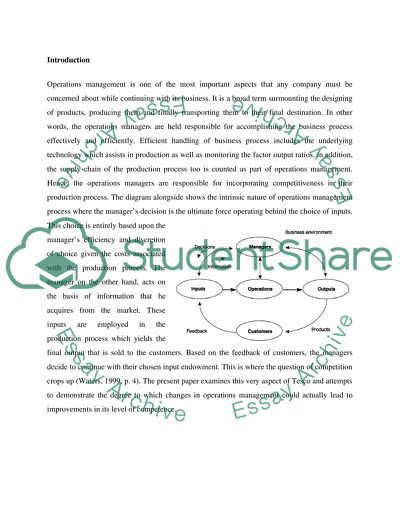Cite this document
(“Operations Management: Tesco's Capacity Management Essay”, n.d.)
Retrieved from https://studentshare.org/environmental-studies/1423036-operations-management-tesco-s-capacity-management
Retrieved from https://studentshare.org/environmental-studies/1423036-operations-management-tesco-s-capacity-management
(Operations Management: Tesco'S Capacity Management Essay)
https://studentshare.org/environmental-studies/1423036-operations-management-tesco-s-capacity-management.
https://studentshare.org/environmental-studies/1423036-operations-management-tesco-s-capacity-management.
“Operations Management: Tesco'S Capacity Management Essay”, n.d. https://studentshare.org/environmental-studies/1423036-operations-management-tesco-s-capacity-management.


